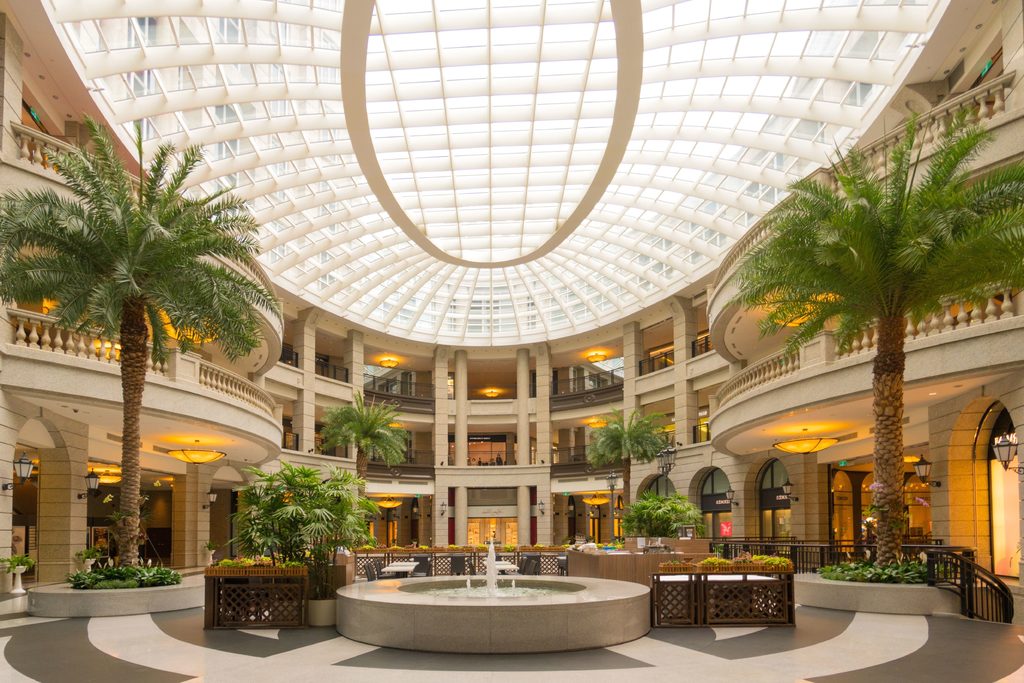
A last year’s report on global building trends revealed that sustainability initiatives have skyrocketed by more than 60 percent, with projections to increase by another 57 percent by 2021. Even more encouraging is the fact that 19 additional countries have adopted green building initiatives. With the news so encouraging, let’s highlight the current sustainability trends in commercial real estate.
Flexibility in mind
Builders and commercial real estate investors need to plan for flexible spaces that incorporate dual-purpose sit/stand workstations, lounge-like waiting areas, and active meeting rooms that are more suitable for new corporate, co-working dynamics. Ceiling heights, room dimensions, furniture, as well as other facilities need to be kept adaptable, with strong multi-purpose capabilities. This flexible space approach has caused an increased interest in mixed-use buildings, which are an attractive investment for people in the commercial real estate sector. On their part, builders need to prepare for load-sharing opportunities, and gain awareness of how people work, live, and socialize in their environments.
Improved resilience
Described as a property’s ability to rebound after an anticipated disaster, climate resilience has become the most prominent in commercial real estate development. After a series of destructive storms worldwide, builders have pushed the resilience philosophy one step further by using a disaster study as a way of improving the building’s performance during restoration. From the investor’s point of view, the concept strengthens the property against natural disasters, while reducing the maintenance time in the future.
Eco-friendly resources
On the practical plant, the implementation of climate resilience goes hand in hand with evaluating a variety of factors that go into its planning. These include sourcing of local materials and labour resources, as well as decreasing times in repairing critical issues. As more durable materials are needed to mitigate potential storm damage, builders have turned to other ways of reducing project costs. For some, it’s using less fossil fuel-based machines or including renewable energy alternatives. By helping companies adapt and prepare for climate impacts, these investments also help reduce costs and potential losses by making companies more resilient or environmental risks.

Revenue-driven space design
When we think of green design, we often fail to include the function of the interior building space. Still, companies are looking for innovative ways to stimulate productivity through their workspace layouts. Businesses now believe that the optimized space will increase employee engagement in reaching organizational objectives.
The latest industrial design trends, for example, recognize that offices have become like second homes to employees, so it's also become important to design workspaces that people love. With every project being different, these industrial designers use their own road map for including all the elements into a highly-customised look. To this end, as an innovative master in interior design for commercial spaces explains, the current context of design should be examined from a transversal, interdisciplinary perspective.
Employee wellness
There is no work culture across the wide spectrum of industries that haven’t seen an increased demand for employee wellness. The greatest challenge for assessing, implementing, and investing in wellness projects is the cost. As building designs often have a great impact on creating wellness-capable environments, wellness concepts are becoming an integral process of sustainable building projects, through solutions that include proper ventilation and moisture control, increased acoustic performance, maximised natural light, minimum materials containing volatile organic compounds.
Healthier workplaces
Proponents of wellness and green environments see these elements as essential to employee happiness, health, and productivity. As an implied ripple effect, happy and healthy employees surrounded by a greener, cleaner, and eco-friendlier working space positively impact each other and their entire working environment. Moisture control systems reduce bacterial growth, minimising infections and secondary carbon footprint of having to drive for medical help, while improved acoustic properties also reduce the occurrence of medical interventions. Using natural lighting helps to reduce energy usage.

Solar initiatives
The investments in the commercial solar power sector have increased five times over the last five years, as property owners, lawmakers, and other bodies are continuing to support the momentum for solar power, which in turn becomes more affordable to buy and less expensive to make. Architects, engineers, and contractors are now assured that net-zero buildings are achievable, with the U.S. Energy Information Agency projecting the solar growth by another 13% by the end of 2019.
Commercial and industrial office buildings are held responsible for about 30% of the world's energy; however, environmental concerns aren't the only reason why commercial real estate developers are becoming more inclined towards sustainable building solutions and commercial solar lighting. The market demand for sustainability is becoming greater each year, so investors in green initiatives may reap significant financial rewards while doing their share in saving the planet.
Written by Lillian Connors
About the Author
Lillian Connors can’t resist the urge to embark on a myriad of green living/home improvement projects and spread the word about them. She cherishes the notion that sustainable housing and gardening will not only make us far less dependent on others regarding the dwellings we inhabit, but also contribute to our planet being a better place to live on. You can check her out on Twitter and LinkedIn.
You may also like
Can the UK’s Construction Industry Lessen Its Plastic Usage?
The Benefits of Investing in Eco-Friendly Properties
How Green Buildings Impact Our Psychology [Infographic]
8 Sustainable Innovations that are Shaping the Construction Sector
